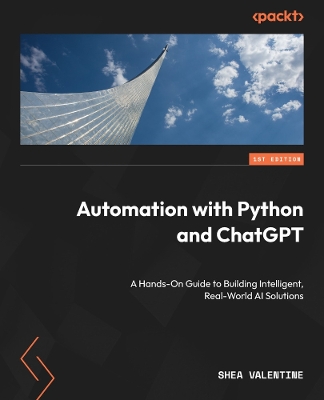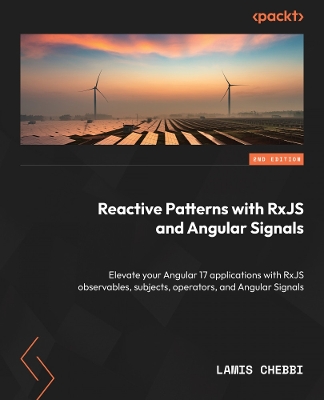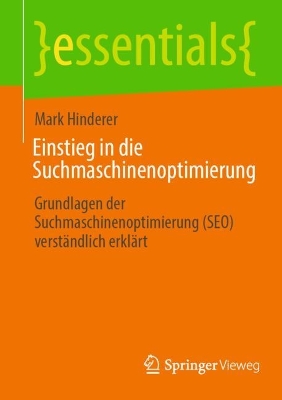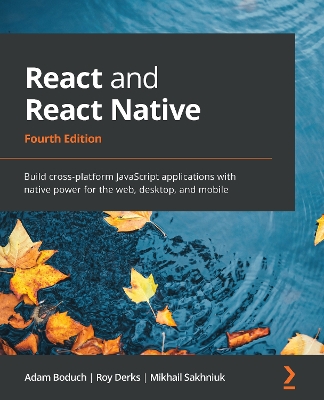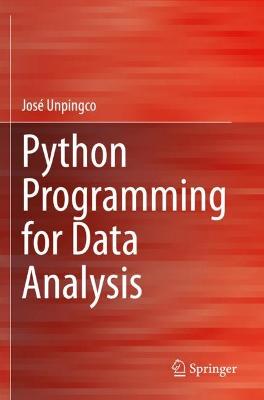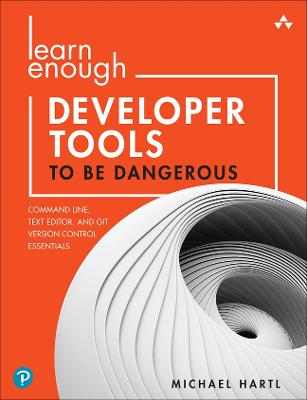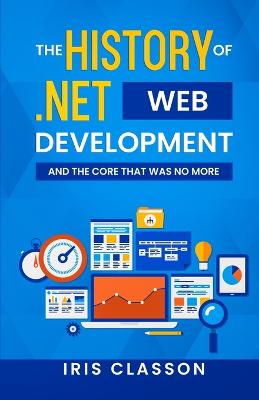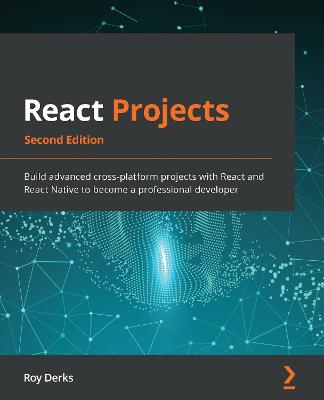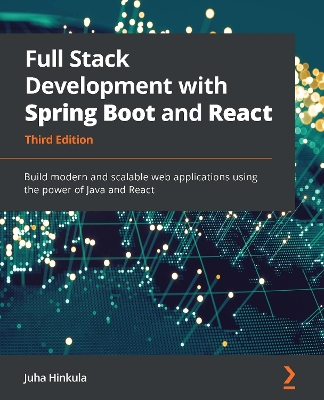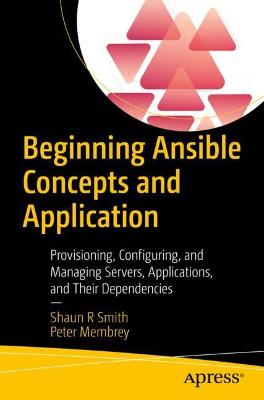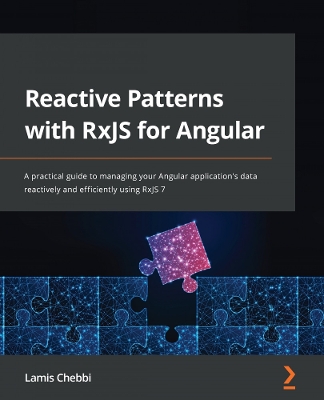Core Java
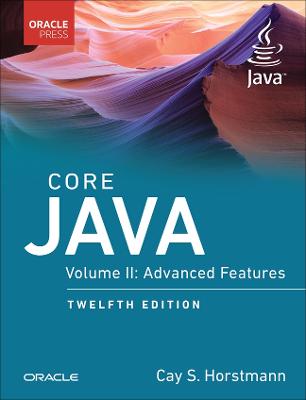 portes grátis
portes grátis
Core Java
Advanced Features, Volume 2
Horstmann, Cay
Pearson Education (US)
05/2022
944
Mole
Inglês
9780137871070
15 a 20 dias
1580
Acknowledgments xxi
Chapter 1: Streams 1
1.1 From Iterating to Stream Operations 2
1.2 Stream Creation 5
1.3 The filter, map, and flatMap Methods 11
1.4 Extracting Substreams and Combining Streams 13
1.5 Other Stream Transformations 15
1.6 Simple Reductions 16
1.7 The Optional Type 17
1.8 Collecting Results 26
1.9 Collecting into Maps 31
1.10 Grouping and Partitioning 35
1.11 Downstream Collectors 36
1.12 Reduction Operations 41
1.13 Primitive Type Streams 43
1.14 Parallel Streams 49
Chapter 2: Input and Output 55
2.1 Input/Output Streams 56
2.2 Reading and Writing Binary Data 78
2.3 Object Input/Output Streams and Serialization 89
2.4 Working with Files 115
2.5 Memory-Mapped Files 131
2.6 File Locking 141
2.7 Regular Expressions 143
Chapter 3: XML 159
3.1 Introducing XML 160
3.2 The Structure of an XML Document 162
3.3 Parsing an XML Document 165
3.4 Validating XML Documents 175
3.5 Locating Information with XPath 194
3.6 Using Namespaces 199
3.7 Streaming Parsers 203
3.8 Generating XML Documents 212
3.9 XSL Transformations 223
Chapter 4: Networking 235
4.1 Connecting to a Server 235
4.2 Implementing Servers 244
4.3 Getting Web Data 259
4.4 The HTTP Client 279
4.5 Sending E-Mail 287
Chapter 5: Database Programming 291
5.1 The Design of JDBC 292
5.2 The Structured Query Language 295
5.3 JDBC Configuration 301
5.4 Working with JDBC Statements 307
5.5 Query Execution 319
5.6 Scrollable and Updatable Result Sets 331
5.7 Row Sets 338
5.8 Metadata 343
5.9 Transactions 353
5.10 Connection Management in Web and Enterprise Applications 358
Chapter 6: The Date and Time API 361
6.1 The Time Line 362
6.2 Local Dates 366
6.3 Date Adjusters 372
6.4 Local Time 373
6.5 Zoned Time 375
6.6 Formatting and Parsing 379
6.7 Interoperating with Legacy Code 384
Chapter 7: Internationalization 387
7.1 Locales 388
7.2 Number Formats 395
7.3 Date and Time 403
7.4 Collation and Normalization 407
7.5 Message Formatting 413
7.6 Text Input and Output 418
7.7 Resource Bundles 421
7.8 A Complete Example 426
Chapter 8: Scripting, Compiling, and Annotation Processing 443
8.1 Scripting for the Java Platform 444
8.2 The Compiler API 456
8.3 Using Annotations 467
8.4 Annotation Syntax 475
8.5 Standard Annotations 482
8.6 Source-Level Annotation Processing 488
8.7 Bytecode Engineering 493
Chapter 9: The Java Platform Module System 503
9.1 The Module Concept 504
9.2 Naming Modules 505
9.3 The Modular "Hello, World!" Program 506
9.4 Requiring Modules 508
9.5 Exporting Packages 510
9.6 Modular JARs 514
9.7 Modules and Reflective Access 515
9.8 Automatic Modules 518
9.9 The Unnamed Module 521
9.10 Command-Line Flags for Migration 521
9.11 Transitive and Static Requirements 523
9.12 Qualified Exporting and Opening 525
9.13 Service Loading 526
9.14 Tools for Working with Modules 528
Chapter 10: Security 533
10.1 Class Loaders 534
10.2 User Authentication 549
10.3 Digital Signatures 562
10.4 Encryption 578
Chapter 11: Advanced Swing and Graphics 591
11.1 Tables 591
11.2 Trees 630
11.3 Advanced AWT 671
11.4 Raster Images 721
11.5 Printing 749
Chapter 12: Native Methods 785
12.1 Calling a C Function from a Java Program 786
12.2 Numeric Parameters and Return Values 793
12.3 String Parameters 795
12.4 Accessing Fields 801
12.5 Encoding Signatures 806
12.6 Calling Java Methods 808
12.7 Accessing Array Elements 816
12.8 Handling Errors 819
12.9 Using the Invocation API 825
12.10 A Complete Example: Accessing the Windows Registry 830
12.11 Foreign Functions: A Glimpse into the Future 846
Index 849
Acknowledgments xxi
Chapter 1: Streams 1
1.1 From Iterating to Stream Operations 2
1.2 Stream Creation 5
1.3 The filter, map, and flatMap Methods 11
1.4 Extracting Substreams and Combining Streams 13
1.5 Other Stream Transformations 15
1.6 Simple Reductions 16
1.7 The Optional Type 17
1.8 Collecting Results 26
1.9 Collecting into Maps 31
1.10 Grouping and Partitioning 35
1.11 Downstream Collectors 36
1.12 Reduction Operations 41
1.13 Primitive Type Streams 43
1.14 Parallel Streams 49
Chapter 2: Input and Output 55
2.1 Input/Output Streams 56
2.2 Reading and Writing Binary Data 78
2.3 Object Input/Output Streams and Serialization 89
2.4 Working with Files 115
2.5 Memory-Mapped Files 131
2.6 File Locking 141
2.7 Regular Expressions 143
Chapter 3: XML 159
3.1 Introducing XML 160
3.2 The Structure of an XML Document 162
3.3 Parsing an XML Document 165
3.4 Validating XML Documents 175
3.5 Locating Information with XPath 194
3.6 Using Namespaces 199
3.7 Streaming Parsers 203
3.8 Generating XML Documents 212
3.9 XSL Transformations 223
Chapter 4: Networking 235
4.1 Connecting to a Server 235
4.2 Implementing Servers 244
4.3 Getting Web Data 259
4.4 The HTTP Client 279
4.5 Sending E-Mail 287
Chapter 5: Database Programming 291
5.1 The Design of JDBC 292
5.2 The Structured Query Language 295
5.3 JDBC Configuration 301
5.4 Working with JDBC Statements 307
5.5 Query Execution 319
5.6 Scrollable and Updatable Result Sets 331
5.7 Row Sets 338
5.8 Metadata 343
5.9 Transactions 353
5.10 Connection Management in Web and Enterprise Applications 358
Chapter 6: The Date and Time API 361
6.1 The Time Line 362
6.2 Local Dates 366
6.3 Date Adjusters 372
6.4 Local Time 373
6.5 Zoned Time 375
6.6 Formatting and Parsing 379
6.7 Interoperating with Legacy Code 384
Chapter 7: Internationalization 387
7.1 Locales 388
7.2 Number Formats 395
7.3 Date and Time 403
7.4 Collation and Normalization 407
7.5 Message Formatting 413
7.6 Text Input and Output 418
7.7 Resource Bundles 421
7.8 A Complete Example 426
Chapter 8: Scripting, Compiling, and Annotation Processing 443
8.1 Scripting for the Java Platform 444
8.2 The Compiler API 456
8.3 Using Annotations 467
8.4 Annotation Syntax 475
8.5 Standard Annotations 482
8.6 Source-Level Annotation Processing 488
8.7 Bytecode Engineering 493
Chapter 9: The Java Platform Module System 503
9.1 The Module Concept 504
9.2 Naming Modules 505
9.3 The Modular "Hello, World!" Program 506
9.4 Requiring Modules 508
9.5 Exporting Packages 510
9.6 Modular JARs 514
9.7 Modules and Reflective Access 515
9.8 Automatic Modules 518
9.9 The Unnamed Module 521
9.10 Command-Line Flags for Migration 521
9.11 Transitive and Static Requirements 523
9.12 Qualified Exporting and Opening 525
9.13 Service Loading 526
9.14 Tools for Working with Modules 528
Chapter 10: Security 533
10.1 Class Loaders 534
10.2 User Authentication 549
10.3 Digital Signatures 562
10.4 Encryption 578
Chapter 11: Advanced Swing and Graphics 591
11.1 Tables 591
11.2 Trees 630
11.3 Advanced AWT 671
11.4 Raster Images 721
11.5 Printing 749
Chapter 12: Native Methods 785
12.1 Calling a C Function from a Java Program 786
12.2 Numeric Parameters and Return Values 793
12.3 String Parameters 795
12.4 Accessing Fields 801
12.5 Encoding Signatures 806
12.6 Calling Java Methods 808
12.7 Accessing Array Elements 816
12.8 Handling Errors 819
12.9 Using the Invocation API 825
12.10 A Complete Example: Accessing the Windows Registry 830
12.11 Foreign Functions: A Glimpse into the Future 846
Index 849



